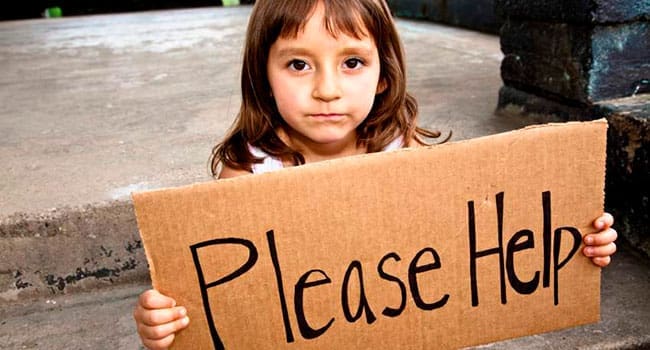 Across Canada and around the world, people from all sides of the political spectrum are starting to talk about the BIG idea of a basic income guarantee (BIG), also known as a guaranteed annual income.
Across Canada and around the world, people from all sides of the political spectrum are starting to talk about the BIG idea of a basic income guarantee (BIG), also known as a guaranteed annual income.
The Ontario government recently approved a three-year basic income pilot project and selected three cities – Hamilton/Brantford, Thunder Bay and Lindsay – as test sites. Federally, a motion in the Senate to encourage the government to investigate the cost and impact of a national basic income program has garnered cross-party support. Globally, Finland has launched a basic income pilot, and industry giants like Tesla’s Elon Musk have said a universal basic income will be necessary for everyone in the future.
So what is a basic income guarantee and why all the fuss?
BIG is an income security measure that would ensure everyone has a sufficient amount of money to meet their basic needs for food, shelter, heat and clothing. It would enable people to live with dignity, regardless of their work status. And it has the potential to prevent poverty, and help individuals and families deal with economic insecurity and setbacks. It’s meant to replace income assistance and income replacement programs only, and wouldn’t affect disability supports or other social safety nets.
Here’s an issue where public health officials and health practitioners have had a jump start.
Two years ago, medical officers of health and members of boards of health from across Ontario met and passed a resolution calling on federal and provincial governments to replace existing social assistance programs with a guaranteed annual income, similar to what is available for all seniors in Canada. I attended and had the support of the Peterborough County-City board of health to vote in favour of the resolution. Two months later, Kingston’s associate medical officer of health took a similar resolution forward to the Canadian Medical Association where there, too, it was endorsed.
Why are our provincial public health sectors and other health providers so concerned about economics? From a public health perspective, we know that people with lower incomes experience poorer health.
In Canada, people living in poverty have a shortened life expectancy, as well as higher rates of chronic disease and less access to the broader determinants of health, such as safe housing, food security and education. For children living in poverty, there are special concerns of lower birth weights, poorer developmental outcomes, reduced school success and increased rates of illness and injury.
The cost of implementing a basic income program through government transfers would be significant. But the indirect costs of poverty, for example, in increased use of health care, remedial education, crime, social programs and lost productivity, are immense.
A guaranteed income is a simpler, more transparent approach to social assistance, and extends protection to those who aren’t covered. It also promotes greater equality of opportunity.
With the security of a regular basic income, people can effectively manage their circumstances to recover from financial setbacks, illness or injury, balance shifting employment and family care needs, or choose to obtain more education, retrain or try out new job opportunities.
Examples of a guaranteed income already exist, such as Old Age Security provided to most adults at age 65. In addition, the Guaranteed Income Supplement is provided to seniors with low income using a negative income tax model: the lower one’s income, the greater one’s benefit. And children’s benefits share similarities with Old Age Security.
So extending a basic income guarantee to all is an extension of programs that we’ve used for many years to target the young and the old.
In Canada, a five-year basic income pilot project was conducted in the 1970s in Dauphin, Man. A retrospective evaluation of the project in 2011 found that in addition to reducing poverty, it resulted in a significant reduction in health-care utilization, an increase in high school completion rates and fewer incidents of work-related injuries.
It’s definitely time to talk seriously about this BIG idea, which has the potential to improve the quality of life for many, and support the creation of healthier communities for all of us.
Rosana Salvaterra is the Medical Officer of Health for the Peterborough Public Health.
Rosana is a Troy Media Thought Leader. Why aren’t you?
The views, opinions and positions expressed by columnists and contributors are the author’s alone. They do not inherently or expressly reflect the views, opinions and/or positions of our publication.

